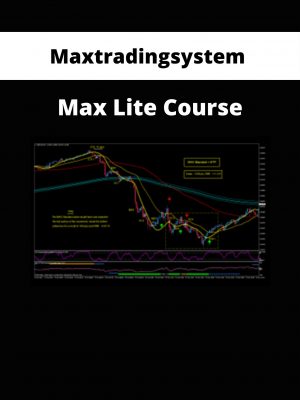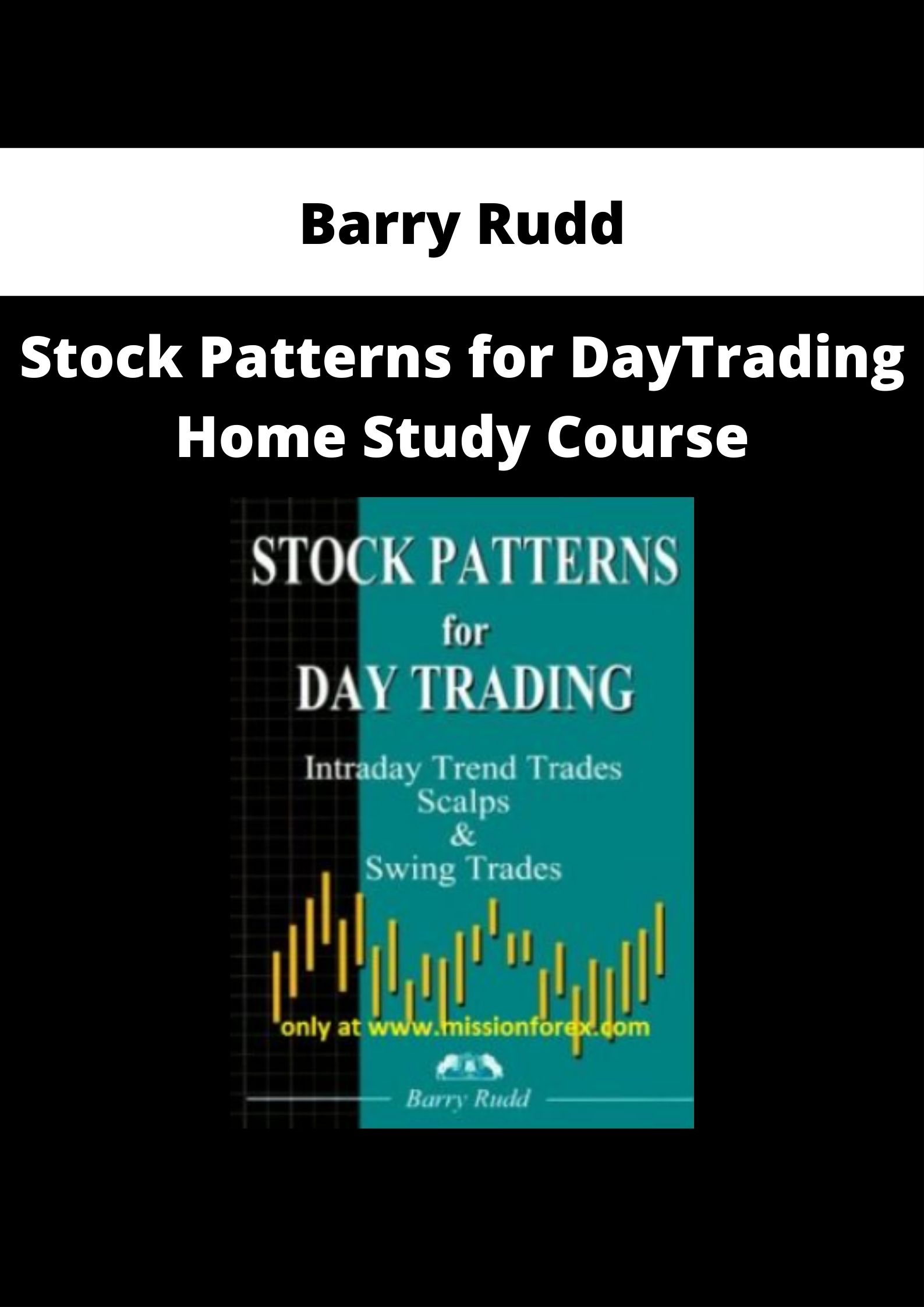-
×
 Maxtradingsystem – Max Lite Course
1 × $96
Maxtradingsystem – Max Lite Course
1 × $96 -
×
 Demian Caceres – Tee Profits Elite
1 × $94
Demian Caceres – Tee Profits Elite
1 × $94 -
×
Dan Sheridan – Options Foundations Class 1 × $52
-
×
Tracey Meagher – Vydeo Presenters vol. 1 1 × $25
-
×
Gene Guarino – Residential Assisted Living Academy 1 × $120
-
×
Bob Diamond – The Overages Blueprint 2019 1 × $121
-
×
Shihan Richard Van Donk – Ninjutsu Black Belt Home Study Course 1 × $94
-
×
Arash Dibazar – Diamond Mind – October 2016 1 × $27
-
×
Dan Kennedy (GKIC) – The Source Code to Business Success and Advanced Wealth Attraction 1 × $135
-
×
Igor Ledochowski Covert Trances Hypnosis 1 × $16
-
×
ASM – Amazing Selling Machine Bonus – Rapid Crush Live Event 1 × $60
-
×
Unstoppable PLR – Facebook Live Authority 1 × $50
-
×
Haim Sabbah – Ecom Dropouts 2018 1 × $135
-
×
Ramit Sethi – Brain Trust Monthly Interviews Volume 5 (6 Months) 1 × $57
-
×
Jon Mac – Store Formula 3.0 1 × $117
-
×
Jessica Dibb – The Living Enneagram 1 × $94
Subtotal: $1293

 Dan Sheridan – Options Foundations Class
Dan Sheridan – Options Foundations Class  Tracey Meagher – Vydeo Presenters vol. 1
Tracey Meagher – Vydeo Presenters vol. 1  Gene Guarino – Residential Assisted Living Academy
Gene Guarino – Residential Assisted Living Academy  Bob Diamond – The Overages Blueprint 2019
Bob Diamond – The Overages Blueprint 2019  Shihan Richard Van Donk – Ninjutsu Black Belt Home Study Course
Shihan Richard Van Donk – Ninjutsu Black Belt Home Study Course  Arash Dibazar – Diamond Mind – October 2016
Arash Dibazar – Diamond Mind – October 2016  Dan Kennedy (GKIC) – The Source Code to Business Success and Advanced Wealth Attraction
Dan Kennedy (GKIC) – The Source Code to Business Success and Advanced Wealth Attraction  Igor Ledochowski Covert Trances Hypnosis
Igor Ledochowski Covert Trances Hypnosis  ASM – Amazing Selling Machine Bonus – Rapid Crush Live Event
ASM – Amazing Selling Machine Bonus – Rapid Crush Live Event  Unstoppable PLR – Facebook Live Authority
Unstoppable PLR – Facebook Live Authority  Haim Sabbah – Ecom Dropouts 2018
Haim Sabbah – Ecom Dropouts 2018  Ramit Sethi – Brain Trust Monthly Interviews Volume 5 (6 Months)
Ramit Sethi – Brain Trust Monthly Interviews Volume 5 (6 Months)  Jon Mac – Store Formula 3.0
Jon Mac – Store Formula 3.0  Jessica Dibb – The Living Enneagram
Jessica Dibb – The Living Enneagram 










Sage Schmidt –
Always happy to do business with you again! | Barry Rudd – Stock Patterns for DayTrading Home Study Course